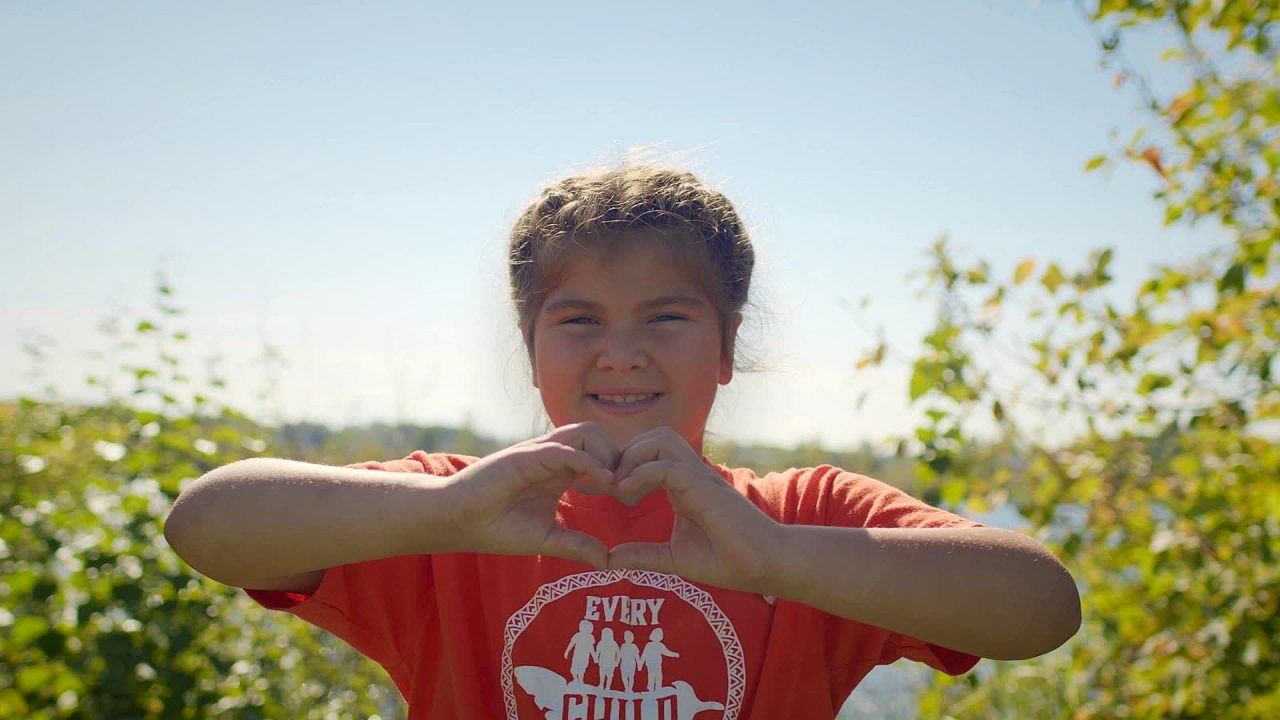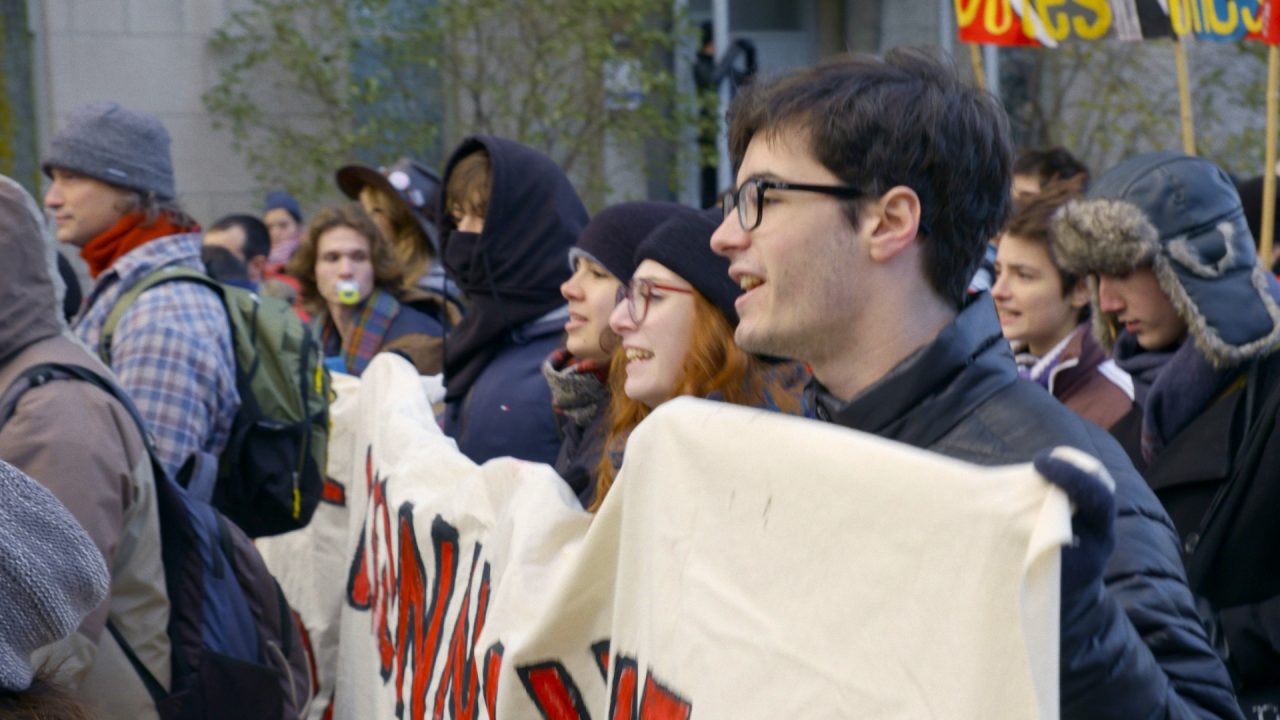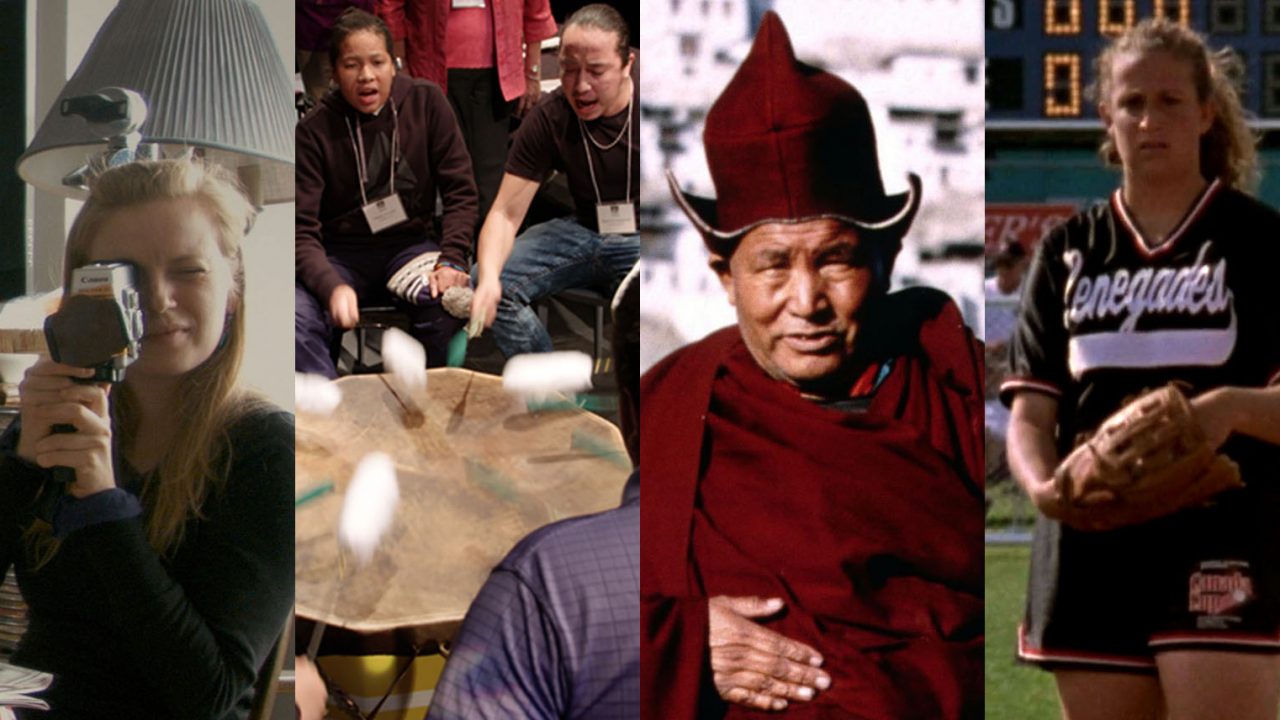A woman’s place is at home… and first base, second base, shortstop…
Baseball Girls, Lois Siegel, provided by the National Film Board of Canada
I recently had the chance to speak to Genie-award-winning filmmaker Lois Siegel about Baseball Girls, her feature documentary about women and baseball. This was one of a handful of films she has made over the years. Siegel usually works on her own with very little help from others and usually takes five or six years to make a film. For this project, the baseball-obsessed Siegel joined forces with the National Film Board and worked with producer Silva Basmajian, another huge baseball fan.
Genesis of the project
It all started in winter 1990 when Siegel, who is also an avid baseball player, was attending her league meeting. As the meeting dragged on, Siegel became bored and started to conceive of making a documentary on women’s baseball. She mapped out what she wanted to do on paper before the meeting was done.
A short time later Siegel met with Dennis Murphy, who was then executive director of the NFB’s documentary studio. He liked her film proposal and approved preliminary research. Siegel went across the country interviewing people and taking pictures of women baseball pioneers. She presented this report to the NFB and was put in touch with Basmajian. Siegel is full of praise for her producer whom she credits with suggesting that she includes historical footage, something that would elevate the film above simply a sport documentary.
Researching and shooting the film
Next up came the search for that archival footage of female baseball players. Siegel found a great deal of material from a variety of sources in Canada and the US, including the National Archives in Washington and John E. Allen motion picture archives, from which Woody Allen borrowed footage for the baseball sequences in the film Zelig.
One sequence she decided not to use came from Major League Baseball. This was due to the astronomical cost of the footage and not because of the content. Siegel spent the next three summers shooting throughout Canada and the US such diverse subjects as the Colorado Silver Bullets professional team and 7 year olds playing. She particularly enjoyed shooting the first Canada Cup tournament and seeing the Japanese women’s team practice and play.
During the making of Baseball Girls, two other notable productions on baseball were being produced in the US. The feature film A League of Their Own (based on a documentary of the same title), starring Geena Davis and Madonna, would put a spotlight on women’s baseball and become a huge hit, but the synchronicity also caused Siegel some slight problems as she was unable to obtain certain archival footage, which was already being used in League, from Columbia pictures. She had better luck collaborating with the team under legendary filmmaker Ken Burns during the production of his Baseball documentary mini-series. The editor of that film series happily shared with her archival material that she was able to incorporate into her film. (Interestingly, Burns’ 18-and-a-half-hour series contained only 23 minutes on women’s baseball!)
The premiere and distributing the film
Baseball Girls was finished in 1995 and premiered at the Montreal World Film Festival… out of focus! Siegel recalls that she and Basmajian ran around trying to get the projectionist, who was possibly not accustomed to the film’s 16mm format, to put the film in focus. In any case the problem was quickly fixed and the audience was very pleased with the final product – much to Siegel’s relief. The film then played at several film festivals and had a semi-theatrical run in Canada, playing in the NFB cinemas in Montreal, Toronto and Winnipeg. Special benefit screenings targeting women’s groups in London (Ontario), Ottawa, Toronto and Edmonton were also organised. The film won an award at the International Sports Film Festival in Palermo, Italy – something Siegel is very proud of. The NFB then scored a major coup when they got the film screened at the Athletes’ Village during the 1996 Olympics in Atlanta!
The Babe Ruth connection
Most reviews of the film were positive but there were a couple that harped on the fact that there was no representation of lesbian players in the film and that Siegel had not included the case of Jackie Mitchell, a woman who struck out Babe Ruth in 1931. Indeed, Siegel had contacted a gay team that was interested in appearing in the film but several players were afraid to be outed in the movie and ultimately declined. As far as Jackie Mitchell is concerned, Siegel’s research showed that the whole thing had been a publicity stunt and she did not feel that this would add much to the film so she dropped it. (She did, however, use Ruth’s unintentionally hilarious quote on women and baseball.)
The film enjoyed a good career on television, screening on the Women’s Television Network (now called W) in Canada, on PBS and on Oprah Winfrey’s Oxygen Network in the US. It has also played on the Documentary Channel and Knowledge Network.
On viewing the film today, I can’t help but smiling throughout. It has a certain innocence that is heart-warming. I spent my childhood playing baseball and I can sympathize with Siegel who just wanted to play. The historical material is fascinating (I especially enjoyed learning about the game in the 19th century) and the Spaceman, Bill Lee, makes an appearance. You can’t help but be carried away with Siegel’s enthusiasm. Baseball fan or not, you will enjoy the film. So, dust off your cleats, go to the warm up circle because you’re up to bat next. Enjoy.




I’m a former AAGPBL player & I must say this is one of the best youtube videos made about women playing ball. I am 87 years young. I wish they would teach the current players not to yell & put on a show in the dugouts, split at bat, etc.
I have seen this wonderful film and loved it–even though I am female and never played the game. I have seen more of Lois’s work as she is a very gifted artist and always admire her exhibitions. What’s next, Lois?